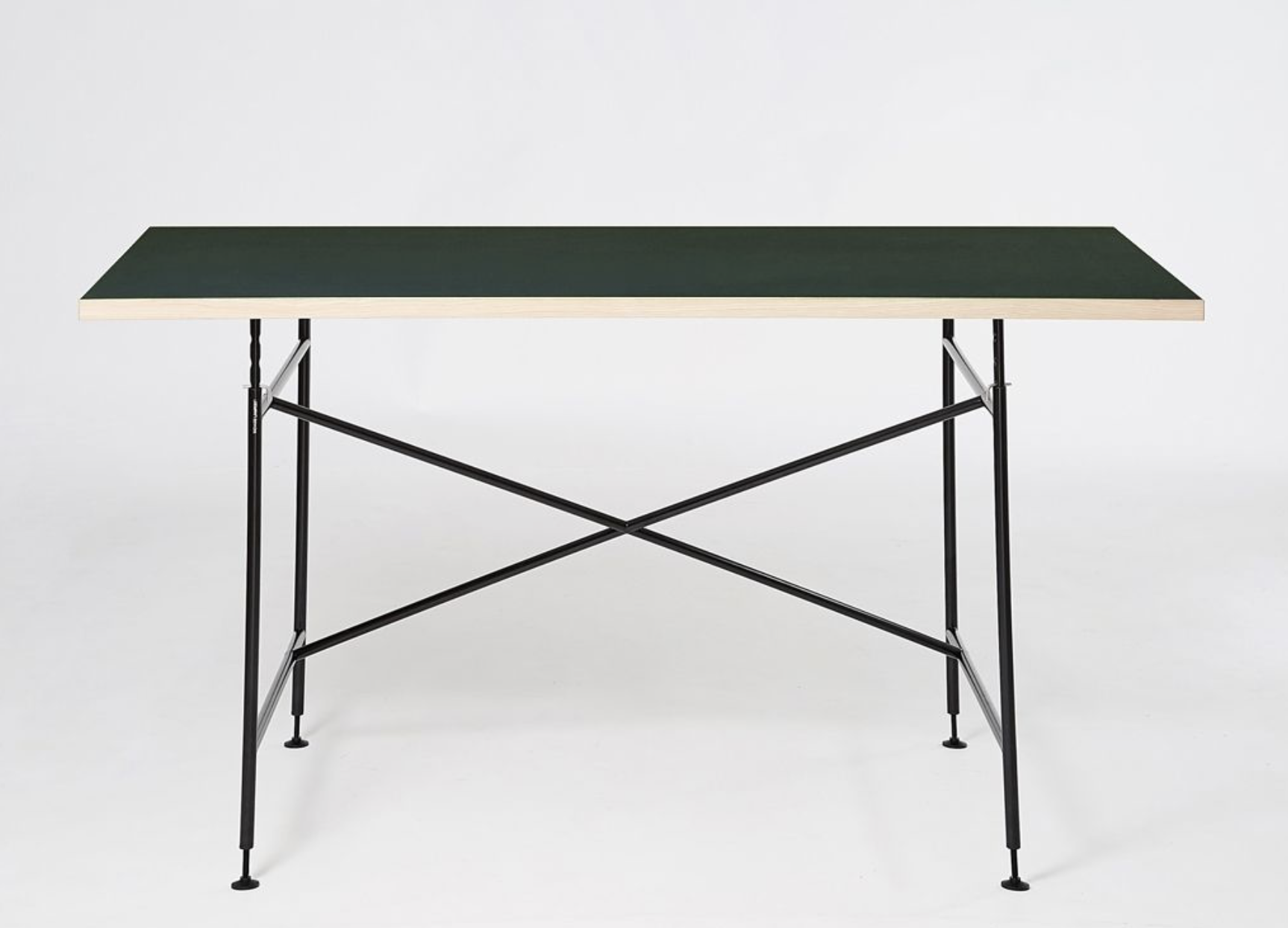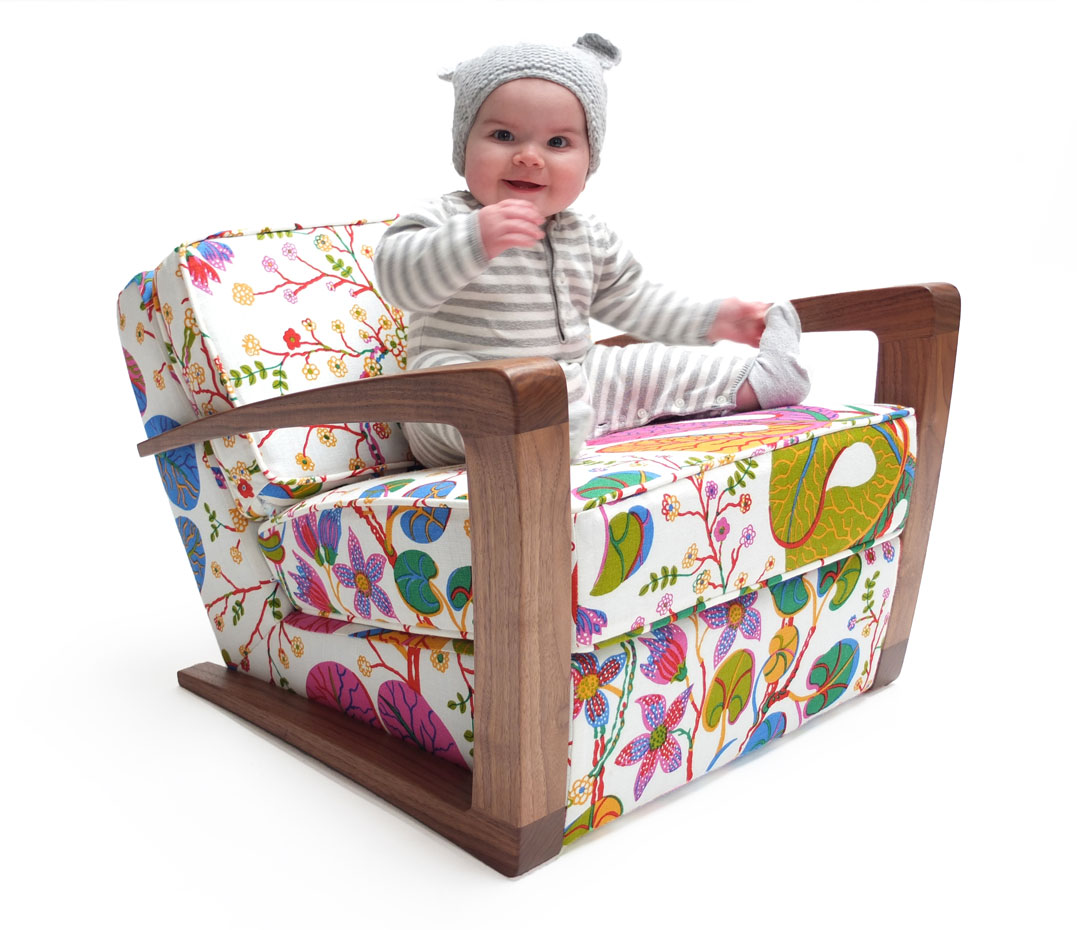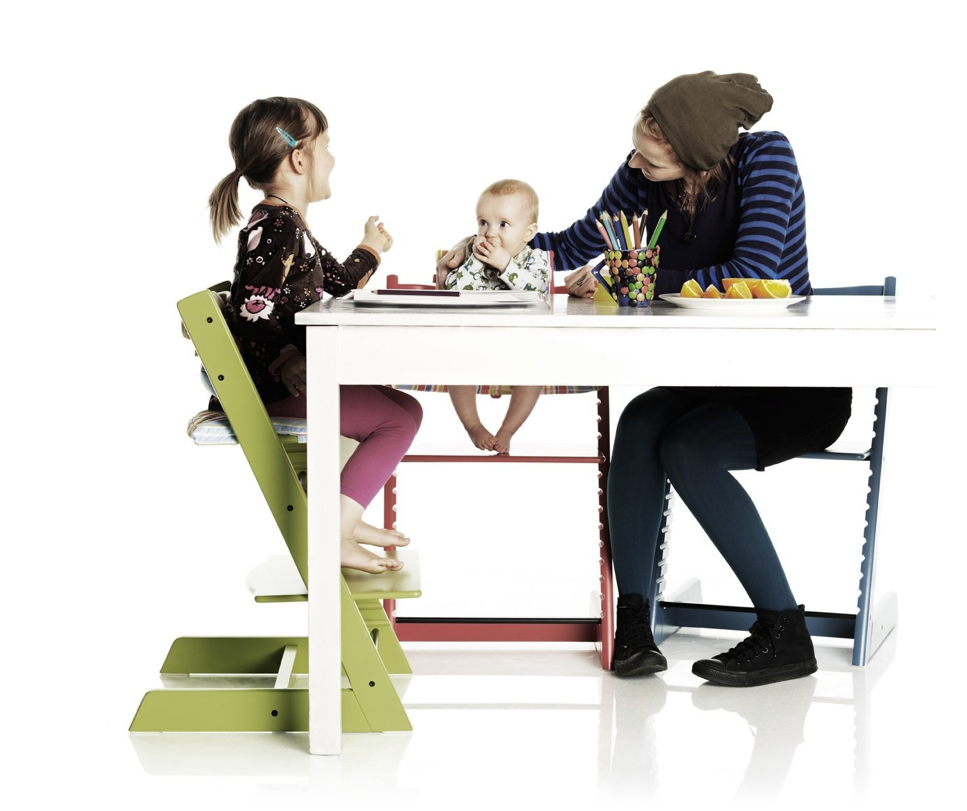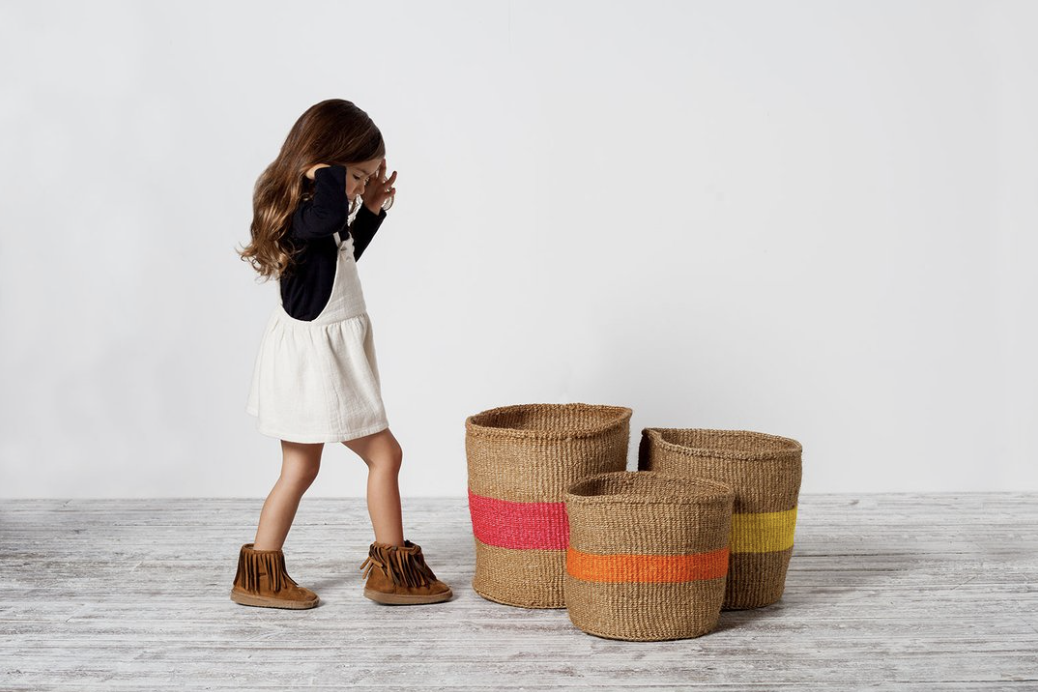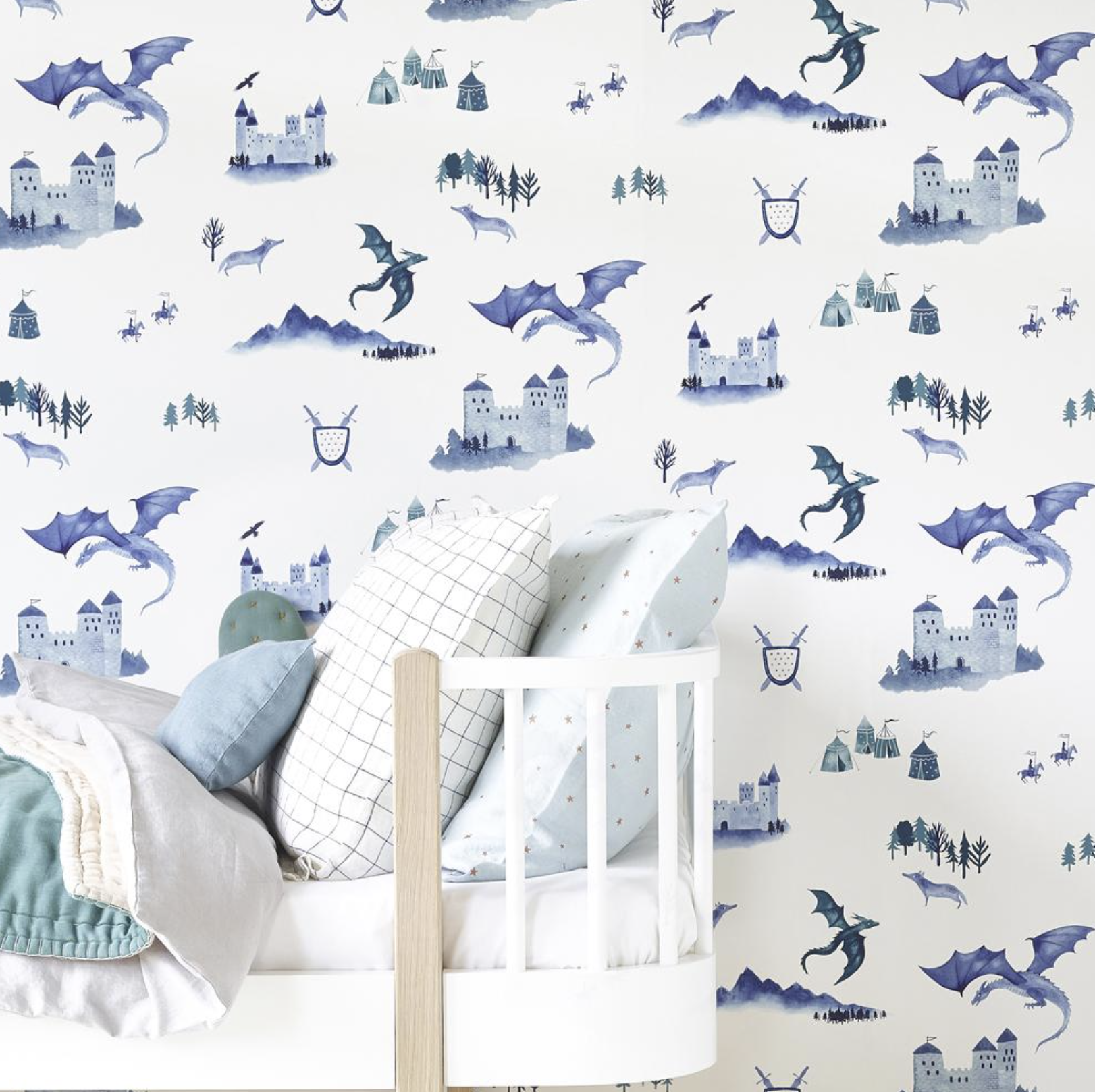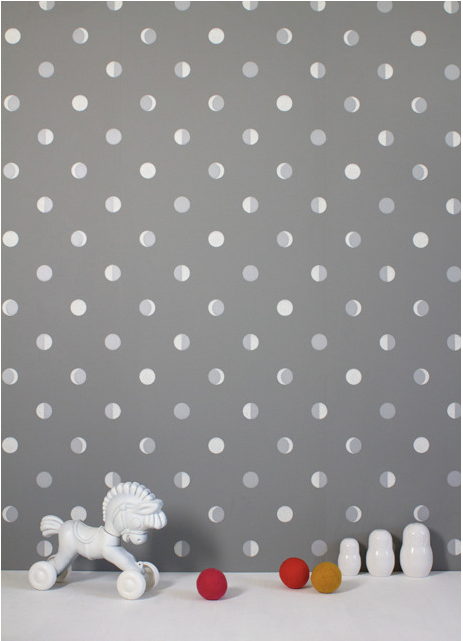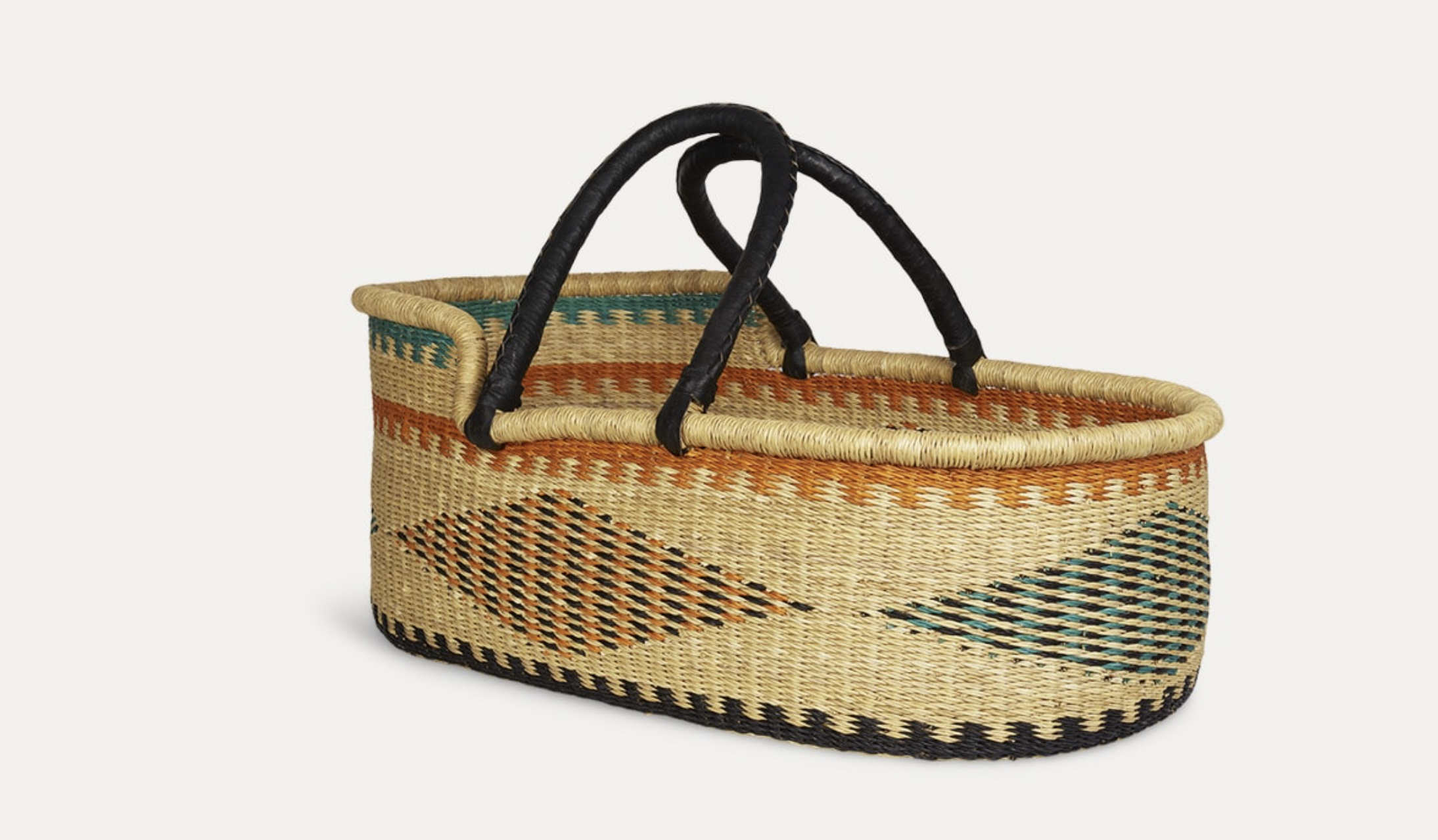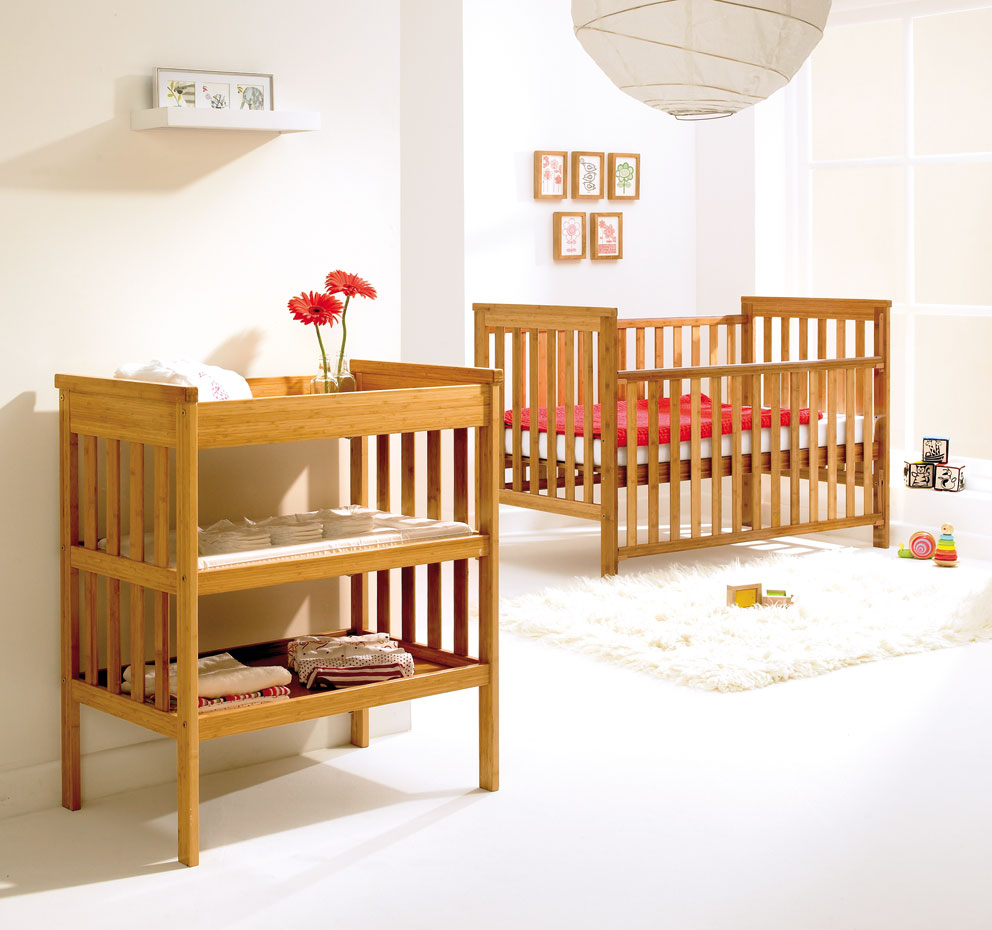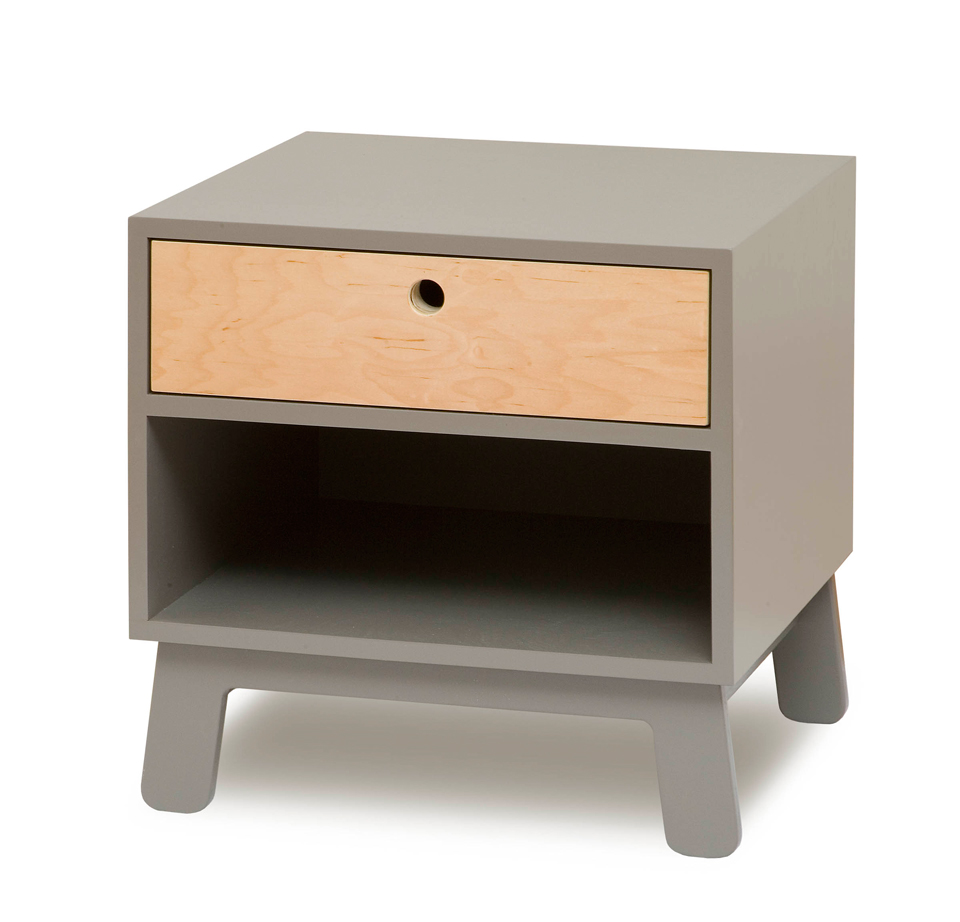Cool for the gang - eco-friendly children's furniture
There's no doubt kids like furniture that's child-sized. But while it's generally not worth going overboard and buying munchkin-sized everything..you'll have a large and lumpen teen before you know it.. some pieces are worth investing in

If you're going to buy child-sized furniture, choose pieces wisely because children do not stay small for long. Buy quality pieces that can grow with the child, or that will stand the test of time and be used by grandchildren a few decades down the line. Or seek out vintage pieces which can be very affordable. Pictured above: Vitra's mini versions of design classics are fun and will endure, such as Verner Panton's Junior chair. £148 at Amara. Made from polypropylene, which is 100% recyclable
'When I think about why we made the chair, the feelings I have are that we're creating a space that is personal to the child,' says Jonathan Walter of Bark Furniture, referring to the new mini-me version of its Kustom chair that the company is making.
'And as such it's a statement of independence - not a big statement, those come later, but for a child of say 6-10 years old, which is the age group we have in mind, then that chair becomes a place where they are themselves, undisturbed.
'I like the fact that no-one is going to ask them to 'budge up', or 'let your aunt sit there', and that this should allow them to engross themselves in their own world, hopefully reading a book, scribbling or colouring in, or just generally lounging around and watching the world go by in a place that is their own.
'And then if you had several pieces of furniture like this in their room and their friends come round, well how grown up will they feel! So ironically, by creating children-sized furniture you create the space for them to grow up.'
Good children's furniture grows with the child and adapts to families' changing needs. Think what you're going to invest in - fancy toddler beds aren't really worth it because the child will outgrow it in a few years, but a desk for a child can be worth the outlay if it grows with him or her. The Eiermann desk, for example, has extension rods so the desk height can rise as your offspring gets taller; so they really will be using it from primary school to when they finish their A levels. And they'll probably want to take it with them when they move out...
Contemporary interior designer Paul Warren urges parents not to go mad with reduced sizes. 'Obviously there's the novelty factor, especially with first children. But don't lose sight of the fact that children won't want babyish things when they're eight or nine.
'What are good for children when they're getting to junior school age are the modular systems that have beds and desks which can be configured to suit, and these make a room more interesting for a child. Buy products that will see your kids into their teens, which means buying quality, and design that is fairly subtle - certainly when it comes to fabrics and wallpapers.'
'I think you need to have an eye a good five years' hence when buying children's interior products. Something that will suit a three-year will annoy him or her when they get to 10. And whatever our intentions, most of us don't redecorate every couple of years. It's more like every seven or eight years....therefore you'll have to live with your purchase too. So also ask yourself if you like it enough to have to look at it every day for years on end.'
Eco-friendly and super stylish
Products for children do have to meet stringent standards, but some brands are more eco-friendly than others. For beds, check that the wood used has FSC or equivalent certification, such as PEFC (the Programme for the Endorsement of Forest Certification). You'll find excellent single beds at UK bed maker Warren Evans, which uses FSC-certified wood, and UK children's furniture brand Aspace.
A European company with a strong environmental ethos is Italy's Dearkids. It makes fabulous modular systems comprising beds, wardrobes and desks, in bright colours. Products are made in Italy using sustainable woods certified by the True Wood Assocation, or Consorzo Vero Legno. It uses no noxious substances, and has as its design ethos the fact that children are always growing. However, if you're on a budget and you're committed to being as eco as possible, go down the vintage route. Blue Ticking is a UK company that sources delightful vintage furniture for children, from beds and storage to desks and art.
Buenos Aires-based Krethaus was set up by two sisters, one of whom is an architect, and their high end modern children's furniture is beautifully made from wood. It has that effortless timeless appeal and many pieces can be adapted so they do grow with your child.
Wallpapers
Wallpaper is tricky for the eco-minded, because the inks, dyes and protective coatings (such as PVC) mean the paper cannot be recycled as paper. However, some manufacturers are working to make their papers more environmentally-friendly by using ones made from FSC-certified wood fibres, and non-toxic water-based inks.
Two companies doing this, and which make delightful wallpapers for children, are the UK's Hibou Home and Paris-based Bartsch, both of which manufacture in Britain. They use subtle colour palettes and timeless imagery that won't have parents screaming for the hills within weeks of the paper going up.
Nursery and toddler furniture
Obviously babies need to something to sleep in and a single bed just isn't going to work. Ideally friends or family will hand over their Moses baskets and cots, but buying new can make sense if you're planning to have several children.
UK brand East Coast sells cots and nursery furniture made from sustainable bamboo, and prices are good, with cots priced from around £159. US brand Oeuf uses FSC-certified woods and MDF for its products, and no toxic or VOC-emitting chemicals. Its products are manufactured in Latvia and can be bought in the UK through Naturalmat. For Moses baskets made from grasses, see Kidly, which has ethical, sustainable and very beautiful baskets made by workers at The Basket Room in North Ghana.
Going back to design classics, as well as Vitra, Kartell produces some designs in smaller sizes for children - for example the child's LouLou Ghost chair by Philippe Starck is a good designer piece for the juvenile interior design sophisticate. Made from recyclable polycarbonate, these chairs retail at around £115. Mini versions of many classic pieces can be found online at children's furniture specialist Mood (Mini Objects of Desire).
And while not a mid-century modern, it's well on the way to becoming a design classic - the Stokke Tripp Trapp chair has been a best-seller since it was launched in 1972. Norwegian company Stokke is eco-friendly and ethical and this chair is well worth buying because it's so hardwearing and grows up with your child. Lots of colours are available.
